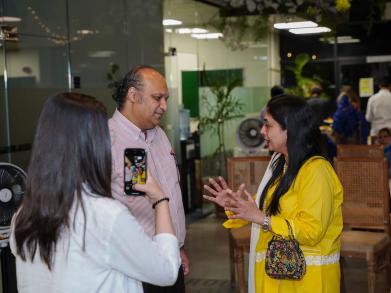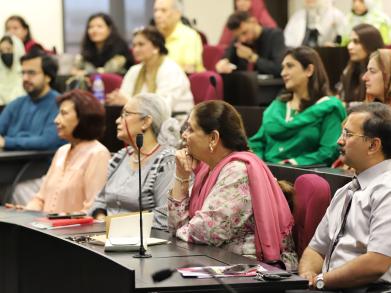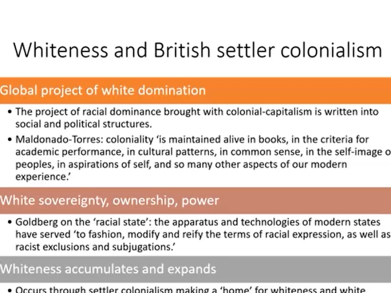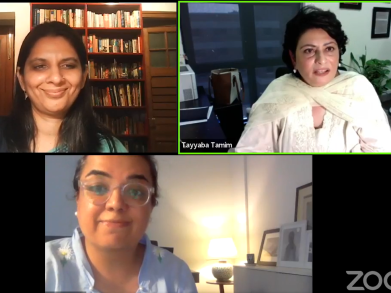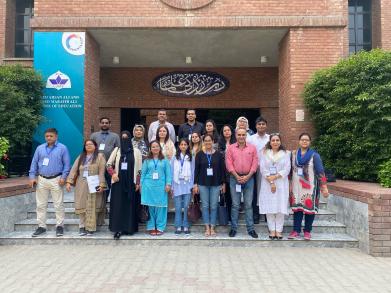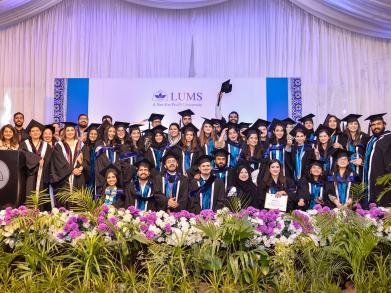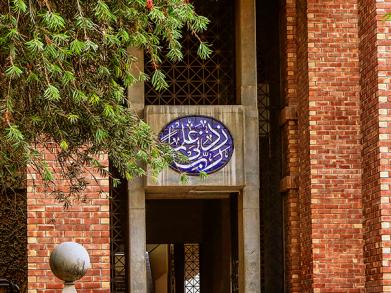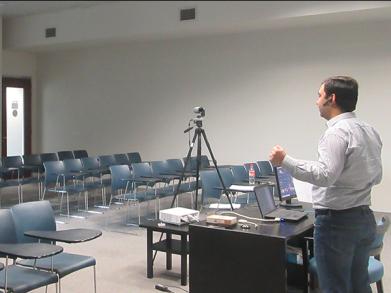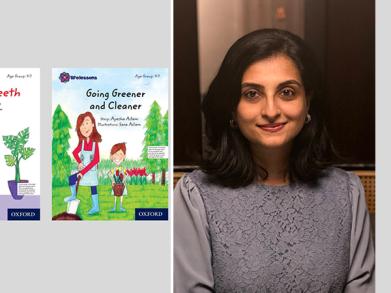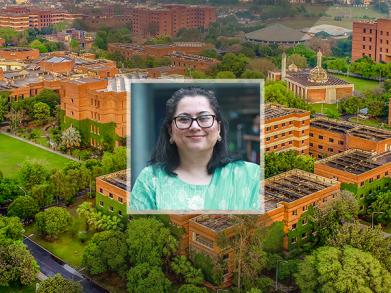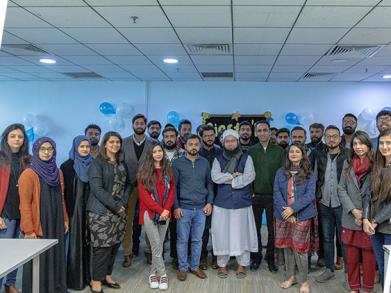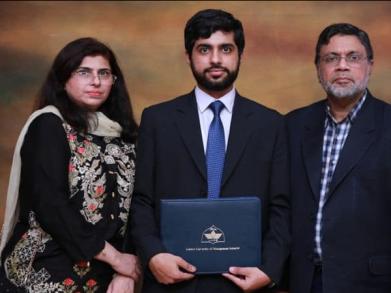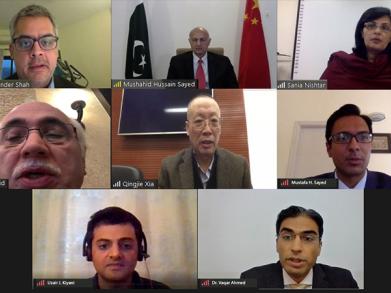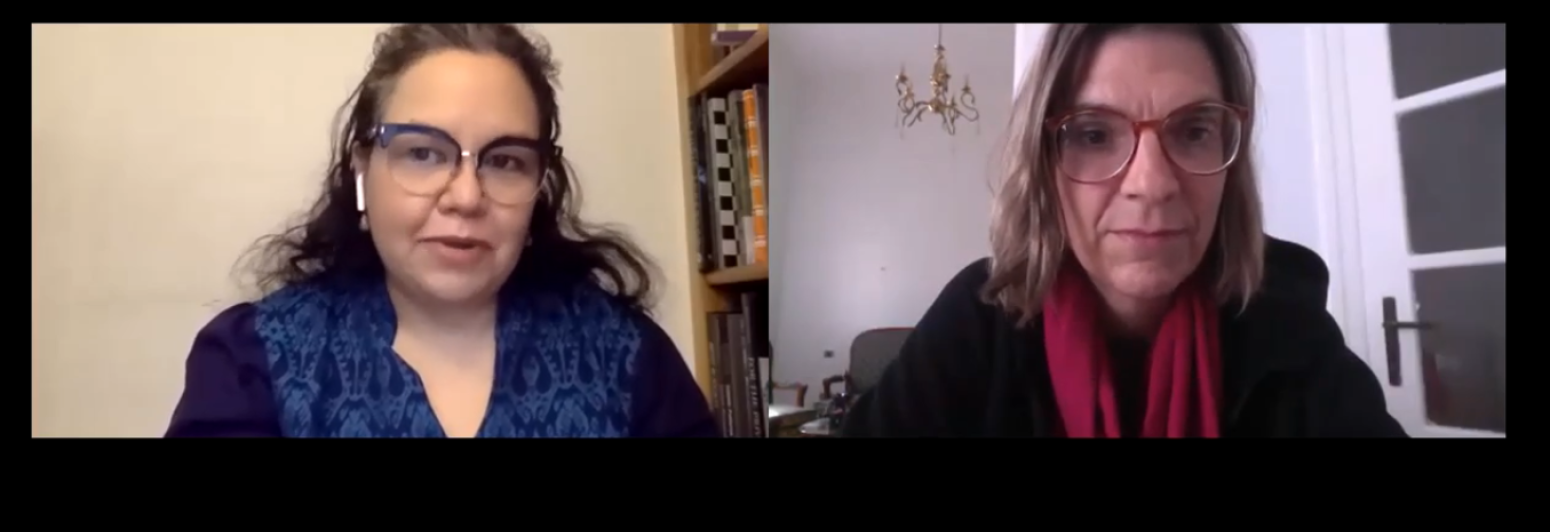
to
The LUMS Syed Ahsan Ali and Syed Maratib Ali School of Education, as part of its EduTalk series conducted a session titled “Making Sense of Craft in Grassroots Empowerment in Pakistan through the Systems Lens – A Design Research towards Co-Learning”. The talk invited Dr. Gwendolyn Kulick from the German University in Cairo, to present her doctoral research on the role of craft projects in grassroots empowerment. Dr. Kulick’s research was conducted over six years in Pakistan and includes a case study of projects that aims to apply ethical standards and practices, and an action research project. The session was moderated by SOE’s Associate Professor Dr. Razia Iram Sadik.
According to Dr. Kulick, it is worthwhile understanding the interconnectedness of craft projects and grassroots empowerment activities in Pakistan. These craft projects are often embedded in development aid and philanthropic efforts that try to address a plethora of objectives such as poverty alleviation, social justice, community development, and cultural heritage preservation. It is important to understand this because of the inherent worth of Craft in South Asia, in defining our cultural identity and as part of our history even though it is stereotypically seen by many as a profession of lower economic value involving an assumed lack of intellectual and conceptual effort. Craft related work constitutes 72% of the Pakistani informal economy and employs approximately 62 million people, the majority of which are women. It therefore has the capacity to truly change lives by creating design and technological agency through the introduction of “design coalitions”. This creation of autonomy, according to Dr. Kulick, is important as it is the only means to empower people, where “empowerment” can be defined as not only the right, opportunity, ability and means to access information, but also as the ability to make conscious decisions by individuals all the while perceiving themselves in the position to do so.
Dr. Kulick’s stated research objective was essentially to understand the real life-experiences of those involved in craft projects, in grassroots empowerment contexts. She therefore focused on 15 projects ranging from international aid schemes to social enterprises; the aim being to use design enterprise to create social, cultural and economic empowerment for those involved in craft making. Unfortunately, her findings highlighted pressing problems such as the existence of unsustainable value chains, and most importantly, financial dependency on donors, paired with a conceptual and ideological dependency as well. This meant that most projects ended once donor aid to them ended.
Dr. Kulick acknowledged that while “No craft business is ideal; there will be problems in the beginning and also throughout the journey,” it is still necessary to establish guidelines for changing the organizational format of these aid-funded projects based on strategies for self-organisation that turns them into sustainable craft businesses. These sustainable craft businesses in turn should benefit all stakeholders involved across the three tiers she described as the Top Level (comprising of governments, international donors etc.), the Middle Level (including NGO managers, universities, philanthropists etc.), and most importantly, the Target Group comprising of community-based organisations and local craftsmen.
These three levels form part of a Crafts and Empowerment System that must be studied as any other system ought to be. Dr. Kulick characterized this system in terms of some of its primary shortcomings which include excessive top-down dependencies, fuzzy boundaries, and extreme distance between the top and bottom tiers. She emphasized the need to create collective learning spaces that are context sensitive. By this she meant that craft projects, in order to be truly empowering, must be participatory – increasing the attention and involvement of all stakeholders, and by establishment of greater ownership of the work.
The success and financial viability of the project, henceforth, is not guaranteed by the amount of resources funneled into it alone, but based on how it is able to facilitate income for the craft producers long after funding to the project has ended. Additionally, grant schemes must also be contextualized to understand and fit local realities if they are to be successful. The session concluded with an informative Q&A segment and Dr. Kulick was thanked by Dr. Sadik for taking out the time to present her work to the LUMS audience.



